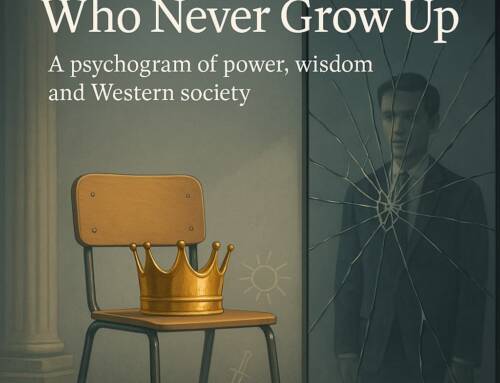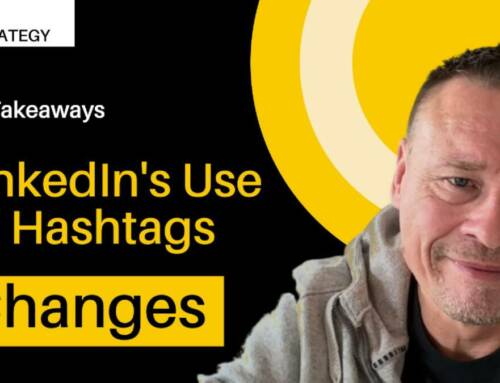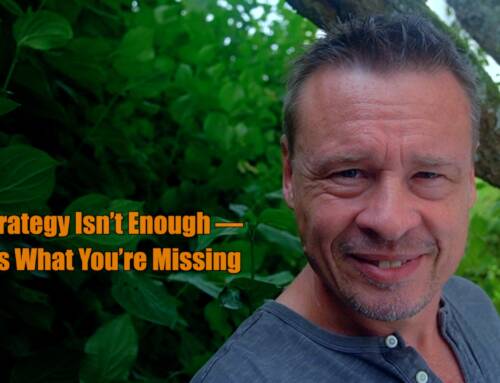In international development cooperation, the intricacies of navigating structural dynamics often unfold in unexpected ways. The intersection of donor agencies and project recipients sets the stage for an intricate dance that can heavily impact communication strategies. As someone deeply entrenched in this landscape, I’ve come to realize how this interplay can inadvertently skew the very objectives that underpin effective communication practices.
At the heart of this matter lies an inherent challenge—striking a balance between donor expectations and the need for strategic communication. While the dynamic might draw parallels to certain business setups, the stakes are uniquely high in the realm of international development. Here, the objectives of communication tactics are frequently determined not by the inherent goals of the project, but rather by predefined parameters set by donors and their desk officers.
A fundamental issue often arises when those conceptualizing projects lack comprehensive knowledge of communication principles, which is the usual situation. Their focus tends to revolve around completing a template that outlines every project detail, from budgets to staff, and naturally, a segment dedicated to communication. However, the actual task of crafting communication strategies is often entrusted to individuals at the implementing agency with limited understanding of effective communication practices.
The result?
A checklist mentality takes over, leading to communication columns being filled with vague terms like “website,” “brochure,” or “social media.” Yet, this mechanical approach fails to consider the actual capacity and capability of the implementing agency to carry out these tasks effectively. While well-intentioned, this practice can inadvertently set projects on a trajectory of shallow, one-dimensional and formulaic communication efforts that miss their mark.
Allow me to illustrate this with a personal experience during my tenure as an advisor to the African Union. The project at hand revolved around Somali ecosystems, with a brochure mandated as part of the project framework by the donor. As the communication advisor for the entire organization and its diverse array of projects, I grappled with a pivotal question: What purpose should this brochure serve? What could be the added value to the target group? Why would they want to read it?
The project’s emphasis on detailing project specifications—duration, scope, geographic coverage—clashed with my belief that the communication should be audience-centric. I recognized the need to recalibrate the information to make it resonate with the intended recipients. Yet, my endeavor to infuse purpose and value into the brochure met resistance from a system deeply rooted in the status quo.
Despite these challenges, a brochure was eventually produced in multiple languages as stipulated by the project requirements. However, the real impact was far from what was anticipated. The brochure, while adorned with images and information, failed to bridge the gap between information and genuine engagement, particularly with a target group that largely struggled with literacy in the first place.
This experience highlights the complex tug-of-war between donor expectations and the need for meaningful, impactful communication. The prioritization of adhering to preset templates over crafting tailored, purpose-driven communication strategies is symptomatic of a broader issue. Donor-driven agendas often overshadow the critical importance of strategic communication, relegating it to a mere checkbox on a list of tasks.
In this intricate ecosystem, setting SMART objectives becomes a theoretical exercise with formulaic outcomes. The essence of making communication meaningful and impactful gets lost amidst the demand to fulfill predetermined criteria. The disconnect between intention and execution is palpable, and the true potential of communication as a transformative tool remains largely untapped.
So, what lies ahead?
To foster impactful communication in international development, it’s imperative to realign institutional setups. This demands a conscious effort to prioritize effective communication strategies, elevating them to the realm of critical success factors rather than secondary tasks. Donor agencies, project implementers, and communication professionals must come together to bridge the divide and reshape the communications setup when to comes to conceptualising projects at the very beginning.
Hiring communications staff who has experience with strategic communications would be an obvious first step on the side of the implementing agencies. In terms of the donor organisations, it would be paramount to let communication specialists fill in the log-frame rows that determine the work to be done in the column “communication”; combined with an awareness that implementing agencies will tend to take literal what is stipulated there. Simply because they have many good reasons for doing that. It makes their life much easier in many ways.
In conclusion, the journey towards effective public, donor, media and stakeholder relations in the area of international development is paved with challenges that transcend the boundaries of simple checklists. It’s about recognizing the power of communication as a linchpin that connects project objectives with tangible impact. Only through a concerted effort to break free from conventional templates and log-frames, focusing on adding value for the reader can we find a strategic approach that truly harnesses the potential of communication for impactful development cooperation.






Leave A Comment